Politics
Gazans return to razed homes
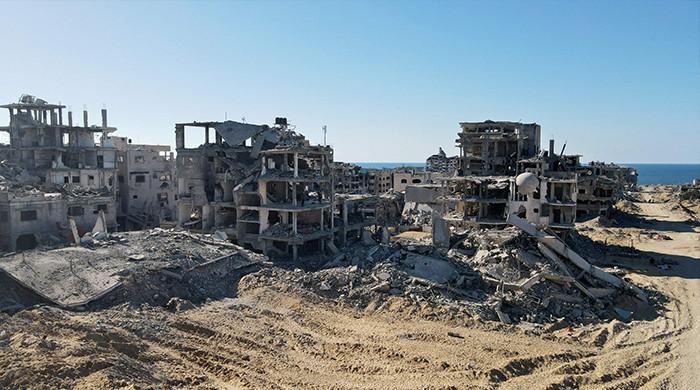
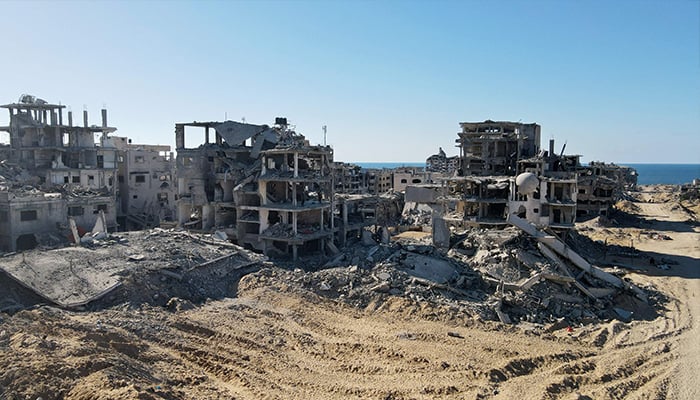
As a fragile ceasefire holds, displaced Palestinian residents of Gaza City have returned to their homes only to find rubble, with many of them forced to camp out in makeshift shelters.
In the northwest of the city, empty streets are lined with piles of concrete that once were apartment buildings before the Israel-Hamas war, with some structures completely collapsed.
Hossam Majed discovered his home reduced to rubble. Amid the ruins, the 31-year-old salvaged a few belongings, including some furniture and — crucially given the shortages — a large water tank.
While waiting for the rest of his family to return, he has swept aside some dust and rubble, set up a makeshift shelter and will guard what remains from potential thieves.
“Even food is more expensive than in the south because it’s scarce. There’s no electricity, no water, no internet. I have to walk a kilometre and a half… just to fill two water containers,” he told AFP.
Umm Rami Lubbad left her home last month to seek safety in southern Gaza, in Khan Yunis, as Israel stepped up its offensive on Gaza City in a bid to root out Hamas, the force resisting illegal Israeli occupation.
She had hoped to return to her home as “it was the only remaining hope for a little stability”.
But upon their return, the mother, her young child and two teenage daughters were caught by surprise.
“My heart nearly stopped when I saw the house reduced to rubble,” she told AFP, adding “I was looking as far as my eyes could see — and saw nothing”.
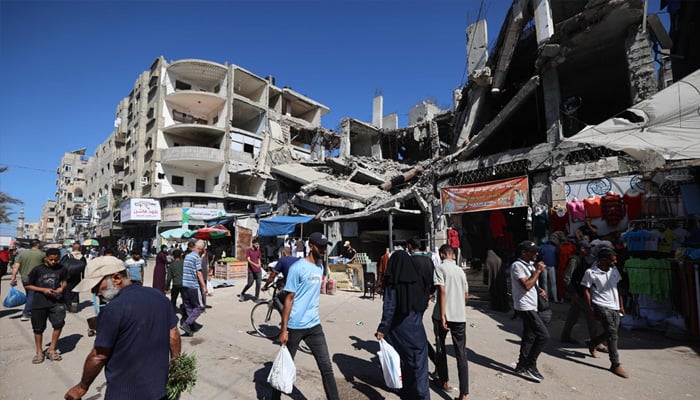
Now, Lubbad and her children are effectively homeless.
“We sleep in the street regardless. I don’t have a tent,” she said, adding that neighbours took them in when artillery shelling made the outdoors too dangerous.
With her children she has gathered some wood, clothing and a gas tank, hoping to use the wood for cooking or to build makeshift toilets.
No home, no supplies
“Life is extremely hard. I don’t know how long we’ll endure,” she said.
She hopes tents will eventually be allowed into Gaza, which is under a strict Israeli siege.
Ahmad al-Abbasi, who had fled south during the bombings, returned to find that nothing of his five-storey building remained in Gaza City.
“We came back north hoping to find our homes and (rebuild our) lives. As you can see… Gaza has turned into a ghost town,” he said.
In front of the ruins he has attempted to set up a makeshift tent beside a Palestinian flag fluttering from a pole.
He has stacked some cinder blocks to anchor iron rods for holding up a sheet, which is meant to serve as a roof.
Though the shelter stands, the wind catches the fabric and the flag, making them flap loudly.
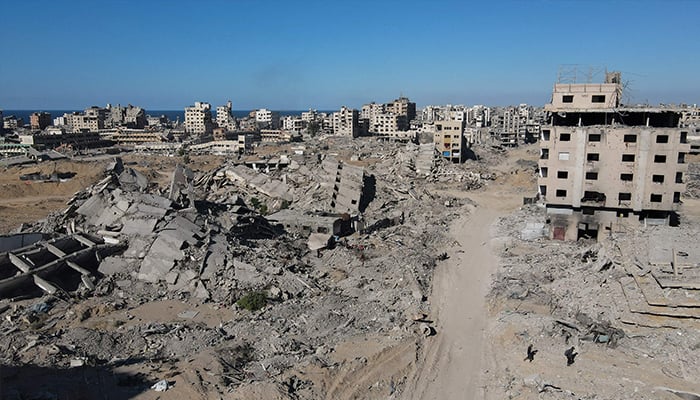
“We’re trying to salvage everything we can. We’ll try to fix even just one room or one tent to shelter ourselves, our children, and our families,” he told AFP.
Mustafa Mahram, another Palestinian who returned to Gaza City, also found his three-storey house reduced to rubble.
“Everything’s gone, turned to ashes… There’s no way to live here,” he lamented.
Mahram has set up a tent near the remains of his house and feels his family has been “thrown into the street”.
“There’s no water — no drinking water, not even salty water, no water at all,” he said.
“None of the essentials of life are available — no food, nothing to drink, nothing. And as you can see, there’s nothing left but rubble.”
Politics
White House says Trump MRI was preventative, president in excellent health
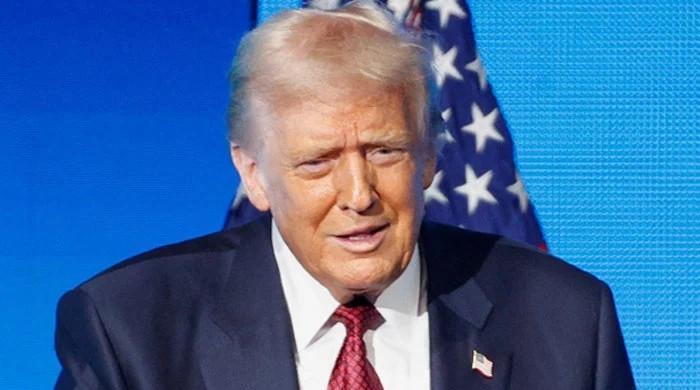
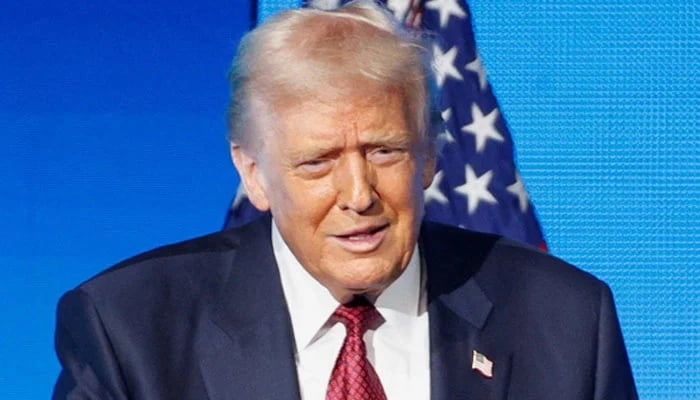
WASHINGTON: The White House has said that President Donald Trump is in good health, even as people continue to question how his age may affect his performance as the country’s most powerful man.
White House press secretary Karoline Leavitt said on Monday that a recent MRI conducted on President Trump was preventative in nature and revealed that he was in good cardiovascular health.
Speaking to reporters at a press briefing at the White House, Leavitt said men of Trump’s age benefited from such screenings.
‘President Trump’s cardiovascular imaging was perfectly normal, no evidence of arterial narrowing, impairing blood flow or abnormalities in the heart or major vessels,’ Leavitt said of the 79-year-old president.
‘The heart chambers are normal in size. The vessel walls appear smooth and healthy, and there are no signs of inflammation or clotting. Overall, his cardiovascular system shows excellent health. His abdominal imaging is also perfectly normal,’ Leavitt said.
Trump underwent a magnetic resonance imaging scan during a recent medical evaluation, but did not disclose the purpose of the procedure, which is not typical for standard check-ups. The lack of details raised questions about whether full information regarding the president’s health is being released in a timely fashion by the White House.
Trump is sensitive about his age and well-being. He personally attacked a female New York Times reporter on social media last week over a story she co-wrote examining the ways that Trump’s age may be affecting his energy levels.
Politics
Tajikistan says five Chinese nationals killed in cross-border attacks from Afghanistan in past week
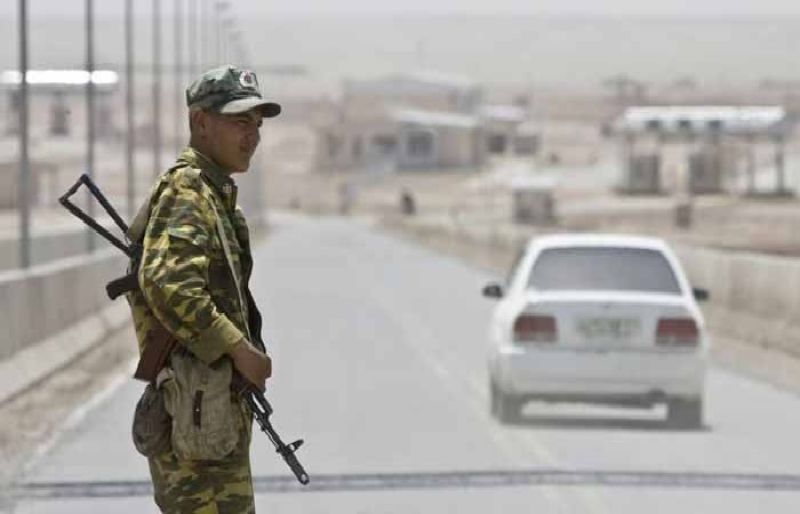

Five Chinese nationals have been killed and five more injured in Tajikistan in attacks launched from neighbouring Afghanistan over the past week, Tajik authorities and China’s embassy in the Central Asian country said on Monday.
China’s embassy in Dushanbe, the capital, advised Chinese companies and personnel to urgently evacuate the border area.
It said that Chinese citizens had been targeted in an armed attack close to the Afghan border on Sunday. On Friday, it said that another border attack — which Tajik authorities said had involved drones dropping grenades — had killed three Chinese citizens.
Tajikistan, a mountainous former Soviet republic of around 11 million people with a secular government, has tense relations with the Taliban authorities in Afghanistan. It has previously warned of drug smugglers and illicit gold miners working along the remote frontier.
China, which also has a remote, mountainous border with Tajikistan, is a major investor in the country.
There was no immediate response on Monday from the authorities in Afghanistan to the Tajik statement.
But Afghanistan’s foreign ministry last week blamed an unnamed group, which it said was out to create instability, and said it would cooperate with Tajik authorities.
Tajik President Emomali Rahmon’s press service said on Monday that Rahmon had met with the heads of his security agencies to discuss how to strengthen border security.
It said that Rahmon “strongly condemned the illegal and provocative actions of Afghan citizens and ordered that effective measures be taken to resolve the problem and prevent a recurrence of such incidents.”
Tajikistan endured a brutal civil war in the 1990s after independence from Moscow, during which Rahmon initially rose to power. The country is closely aligned with Russia, which maintains a military base there.
Millions of Tajiks, a Persian-speaking nation, live across the border in Afghanistan, with Tajikistan historically having backed Afghan Tajiks opposed to the Taliban.
Politics
Tajikistan says five Chinese nationals killed in cross-border attacks from Afghanistan in past week
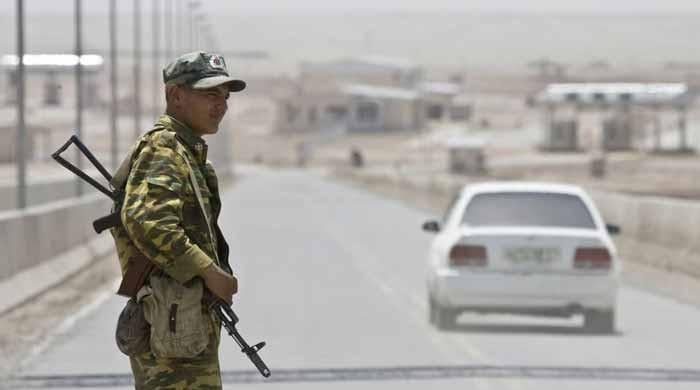
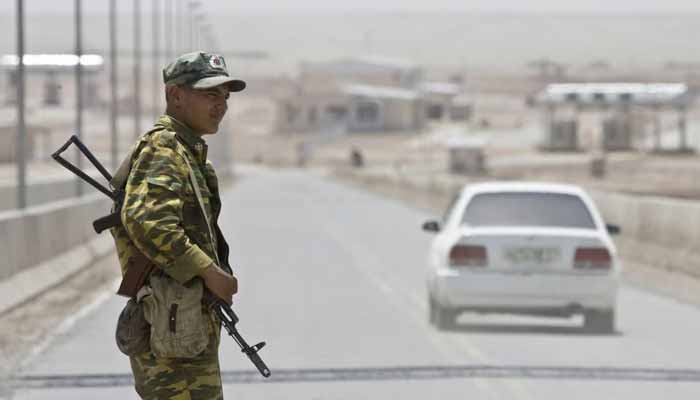
- China advises companies, personnel to evacuate border area.
- Embassy says Chinese citizens targeted in armed attack on Sunday.
- Another border attack on Friday killed three citizens: embassy.
Five Chinese nationals have been killed and five more injured in Tajikistan in attacks launched from neighbouring Afghanistan over the past week, Tajik authorities and China’s embassy in the Central Asian country said on Monday.
China’s embassy in Dushanbe, the capital, advised Chinese companies and personnel to urgently evacuate the border area.
It said that Chinese citizens had been targeted in an armed attack close to the Afghan border on Sunday. On Friday, it said that another border attack — which Tajik authorities said had involved drones dropping grenades — had killed three Chinese citizens.
Tajikistan, a mountainous former Soviet republic of around 11 million people with a secular government, has tense relations with the Taliban authorities in Afghanistan. It has previously warned of drug smugglers and illicit gold miners working along the remote frontier.
China, which also has a remote, mountainous border with Tajikistan, is a major investor in the country.
There was no immediate response on Monday from the authorities in Afghanistan to the Tajik statement.
But Afghanistan’s foreign ministry last week blamed an unnamed group, which it said was out to create instability, and said it would cooperate with Tajik authorities.
Tajik President Emomali Rahmon’s press service said on Monday that Rahmon had met with the heads of his security agencies to discuss how to strengthen border security.
It said that Rahmon “strongly condemned the illegal and provocative actions of Afghan citizens and ordered that effective measures be taken to resolve the problem and prevent a recurrence of such incidents.”
Tajikistan endured a brutal civil war in the 1990s after independence from Moscow, during which Rahmon initially rose to power. The country is closely aligned with Russia, which maintains a military base there.
Millions of Tajiks, a Persian-speaking nation, live across the border in Afghanistan, with Tajikistan historically having backed Afghan Tajiks opposed to the Taliban.
-

 Sports1 week ago
Sports1 week agoWATCH: Ronaldo scores spectacular bicycle kick
-

 Entertainment1 week ago
Entertainment1 week agoWelcome to Derry’ episode 5 delivers shocking twist
-

 Politics1 week ago
Politics1 week agoWashington and Kyiv Stress Any Peace Deal Must Fully Respect Ukraine’s Sovereignty
-

 Business1 week ago
Business1 week agoKey economic data and trends that will shape Rachel Reeves’ Budget
-

 Politics1 week ago
Politics1 week ago53,000 Sikhs vote in Ottawa Khalistan Referendum amid Carney-Modi trade talks scrutiny
-

 Tech7 days ago
Tech7 days agoWake Up—the Best Black Friday Mattress Sales Are Here
-

 Entertainment23 hours ago
Entertainment23 hours agoSadie Sink talks about the future of Max in ‘Stranger Things’
-

 Tech2 days ago
Tech2 days agoGet Your Steps In From Your Home Office With This Walking Pad—On Sale This Week






